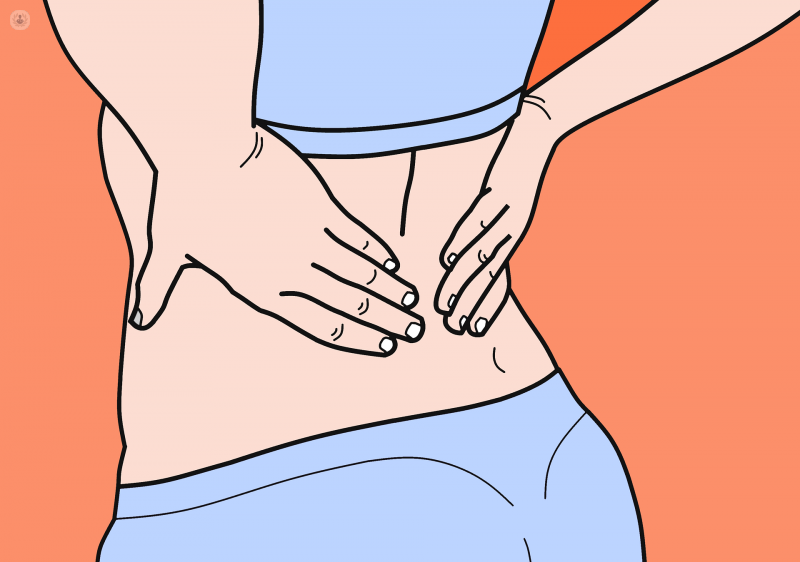

What is diathermocoagulation?
Diathermocoagulation, also known as rhizolysis or rhizotomy, is a process that primarily involves applying heat to a specific point. With the application of this heat, the nerves in charge of transmitting the pain stop doing so.

This treatment is performed under local anaesthesia and on an outpatient basis.
Why is diathermocoagulation performed?
Diathermocoagulation is indicated in cases where the medical team believes that the cause of back pain is caused by the nerves near the spine.
Thus, this neuroablative technique is applied in patients in whom conservative treatments have failed and back discomfort is long-lasting, preventing the patient from having a normal life.
The technique is used to relieve pain in cases where the pain is well localized and the pain does not radiate to other areas of the body. On the other hand, in chaos where the patient feels a gradual loss of strength, sensation or reflexes in both arms and legs, the origin of the pain may be different, so diathermocoagulation will not be done.
What is diathermocoagulation?
It is a simple process that is carried out on an outpatient basis, that is, without the need for hospital admission; under local anaesthesia and with the help of X-ray vision or ultrasound.
In the first instance, and in order to confirm the diagnosis and determine that the pain originates in the facet joints, doctors may infiltrate or block the affected nerves with anaesthetics and anti-inflammatory steroids. The patient should notice a sensitive improvement. Otherwise, the source of the pain will not be in the spine and you will have to keep trying to find a proper diagnosis.
If there is improvement, diathermocoagulation of the nerves will be performed weeks later. Under normal conditions, the technique will be repeated with several punctures at different levels of the back.
Preparation for diathermocoagulation
Diathermocoagulation does not require any special preparation. The patient should tell the specialist about any problems he or she has and the medicines he or she is taking.
If the patient smokes, it is recommended that he or she does not smoke during the hours prior to the intervention.
Care after diathermoagulation
This procedure is usually a painless process. It is possible that the patient may feel some discomfort in the punctures, but usually with the use of local anaesthetics are solved. If no anomaly occurs during the operation, the patient will go home just a few hours after the operation.
In most cases, the patient can return to normal life just a few hours after undergoing the procedure. All that is needed is rest, although the rest time may vary from patient to patient.
After leaving the operating room, the patient may feel a tingling sensation in the area, although this is completely normal. It is common for patients to notice no improvement during the first few days, as it is common for the effect of diathermocoagulation to be felt from the first week or two after the procedure.
Alternatives to diathermocoagulation
Technological advances are the order of the day in medicine and pain management. There are several non-surgical techniques that can solve back pain problems.
Medullary neurostimulation, transcutaneous stimulation (TENS) or radiofrequency denervation are just a few examples.
